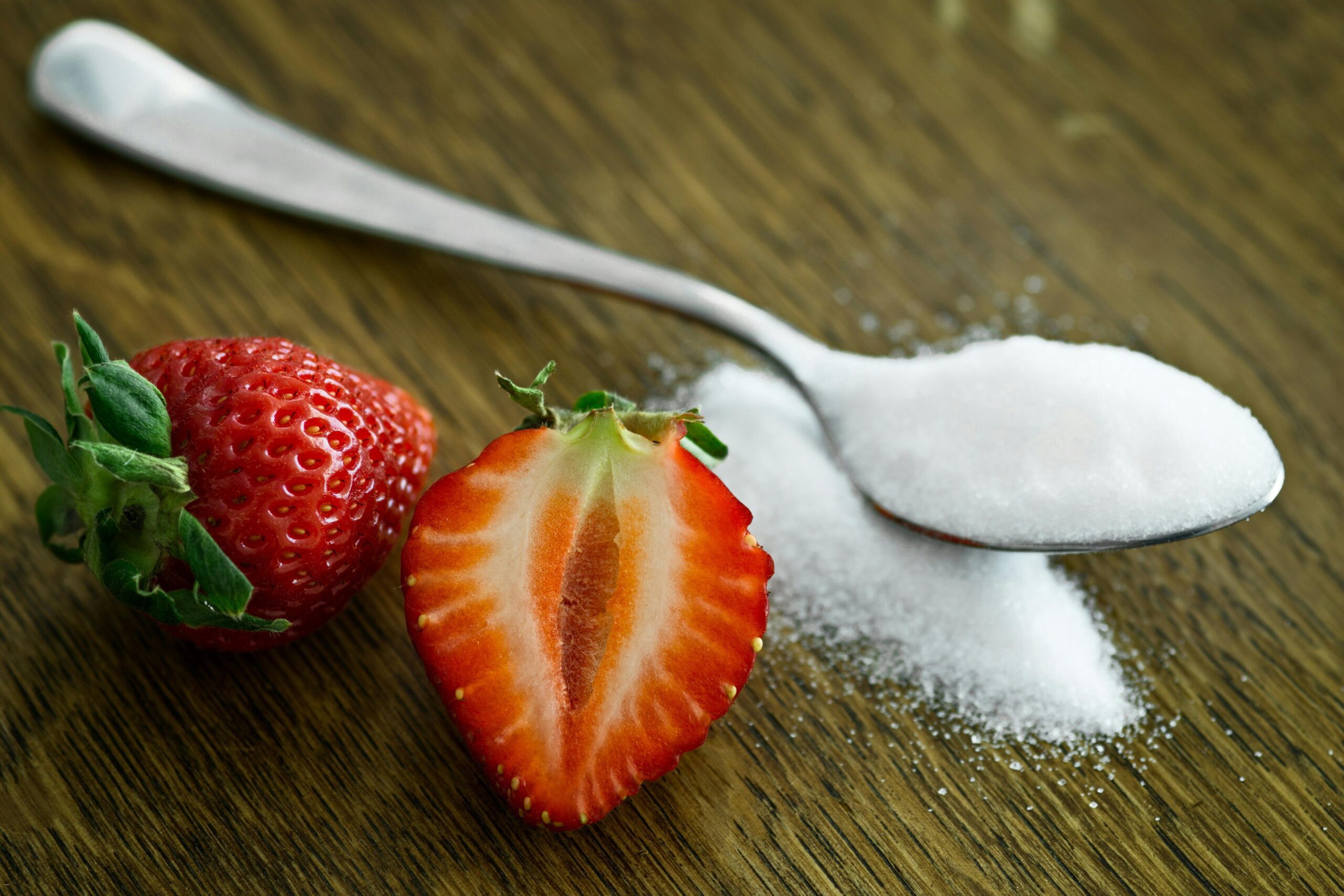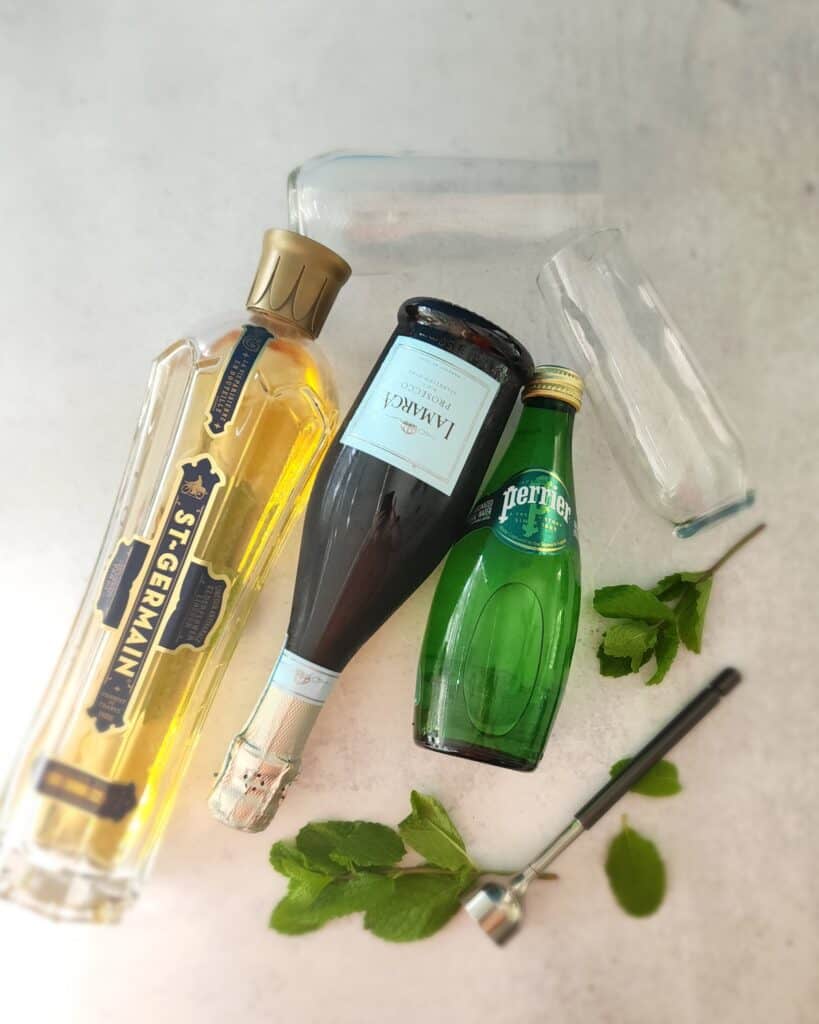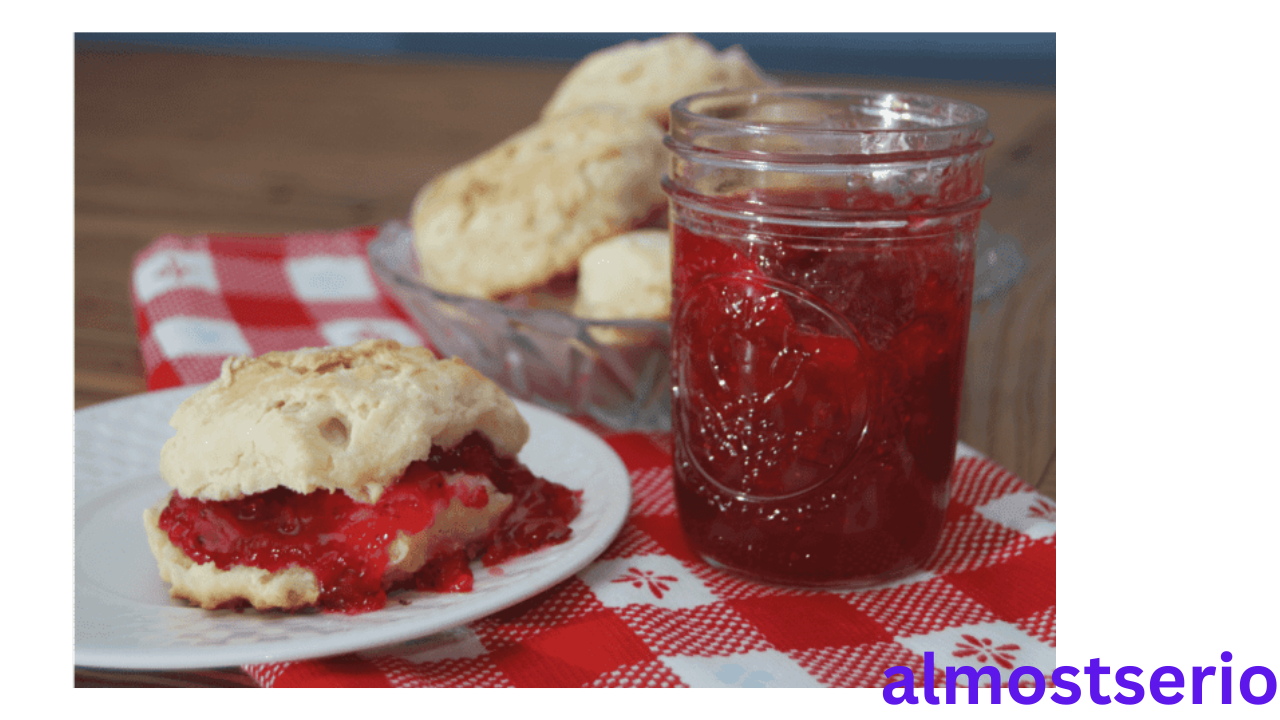Sugar waxing, or “sugaring,” is an ancient and natural method of hair removal that uses a simple paste made from sugar, lemon, and water. Unlike traditional waxing, sugar wax is gentle on the skin, making it a great choice for those with sensitive skin or anyone looking for an eco-friendly, skin-friendly alternative to chemical waxes.
This guide will walk you through everything you need to know about making your own sugar wax at home, including detailed instructions, tips, and troubleshooting advice to help you master the art of DIY waxing. Let’s dive into the ingredients and techniques required to create a safe, effective sugar wax recipe right in your kitchen.
Ingredients
To make sugar wax, you only need a few key ingredients, which are likely already in your kitchen:
- 1 cup of granulated sugar
- 1/4 cup of lemon juice (freshly squeezed is best)
- 1/4 cup of water
Benefits of Sugar Waxing

- Natural and Eco-Friendly
Sugar wax is made from entirely natural ingredients, making it an eco-friendly choice. Unlike chemical-based waxes, sugar wax does not harm the environment. - Gentle on Sensitive Skin
Sugar wax adheres only to hair and dead skin cells, meaning it’s less likely to irritate the skin. This makes it perfect for sensitive areas like the face and bikini line. - Easy Cleanup
Since sugar wax is water-soluble, any residue can easily be cleaned with warm water, unlike resin-based waxes that require oil-based cleaners. - Cost-Effective
Making your own sugar wax at home costs much less than buying commercial waxing kits or paying for salon services.
Step-by-Step Guide: How to Make Sugar Wax
- Combine Ingredients
- Place the sugar, lemon juice, and water in a medium saucepan. Stir the mixture well to combine.
- Heat the Mixture
- Set the saucepan over medium heat, stirring occasionally. As the mixture heats, it will begin to bubble and change color. Continue cooking until it reaches a golden-brown hue. This should take about 5–10 minutes.
- Check Consistency
- To test the consistency, drop a small amount of the mixture into cold water. It should form a soft, pliable ball. If the mixture is too runny, continue to heat it until it thickens.
- Cool the Wax
- Once the wax reaches the right consistency, remove it from heat and allow it to cool for about 10–15 minutes. The wax should be warm but not hot to the touch.
- Prepare for Application
- Before applying the wax, ensure your skin is clean and dry. Lightly dust the area with talcum powder to absorb any moisture, which will help the sugar wax adhere better.
How to Apply Sugar Wax
- Stretch and Spread
- Take a small ball of sugar wax and knead it in your hands until it’s soft and pliable. Spread it against the direction of hair growth, pressing down to ensure the wax adheres.
- Remove the Wax
- Quickly pull the wax off in the direction of hair growth. This helps reduce the risk of ingrown hairs and minimizes discomfort.
- Repeat as Needed
- If you’re removing hair from a larger area, repeat the process with more wax until the area is hair-free.
Troubleshooting Tips for Sugar Wax

- Wax is Too Hard
- If the wax has hardened too much, reheat it on low heat until it softens. Alternatively, add a small amount of water to adjust the consistency.
- Wax is Too Sticky
- Sticky wax can result from cooking it for too long. To fix this, add a few drops of water and heat it gently, stirring until it reaches the desired texture.
- Wax Doesn’t Stick to Hair
- Ensure the skin is dry and free of oils before applying wax. Lightly dusting with powder can also improve adhesion.
Sugar Wax Variations
- Honey Sugar Wax
- For added moisture, add a tablespoon of honey to the recipe. Honey adds a natural humectant, making it ideal for dry skin types.
- Aloe Vera Sugar Wax
- Replace water with aloe vera juice for added soothing properties, especially if you have sensitive skin.
- Herbal Infused Wax
- Infuse the water with herbs like chamomile or lavender before mixing it into the sugar wax. This can provide additional calming effects on the skin.
Aftercare Tips
- Avoid Heat and Sun
- After sugaring, avoid hot showers, saunas, and sun exposure for at least 24 hours to prevent irritation.
- Moisturize
- Apply a gentle, fragrance-free moisturizer to keep your skin hydrated. Aloe vera gel is a great option as it helps soothe and calm the skin.
- Exfoliate Regularly
- Regular exfoliation can prevent ingrown hairs and keep your skin smooth. However, wait at least 48 hours after waxing before exfoliating.
Frequently Asked Questions
- Is sugar wax safe for all skin types?
- Yes, sugar wax is generally safe for all skin types. However, it’s best to do a patch test first to ensure there’s no adverse reaction.
- How long does sugar wax last?
- Sugar wax can last up to a month if stored in an airtight container at room temperature.
- Can I use sugar wax on my face?
- Yes, sugar wax is gentle enough to use on the face. However, be cautious with sensitive areas and always test a small patch first.
Why Sugar Waxing is a Game-Changer for Hair Removal
Sugar waxing offers a natural, gentle, and eco-friendly alternative to traditional waxing methods. It’s perfect for people with sensitive skin, those looking for a DIY approach, or anyone aiming to reduce their use of chemical products. The ease of cleanup, combined with the smooth, effective hair removal, makes sugar wax an excellent choice for both beginners and experienced waxers alike.





